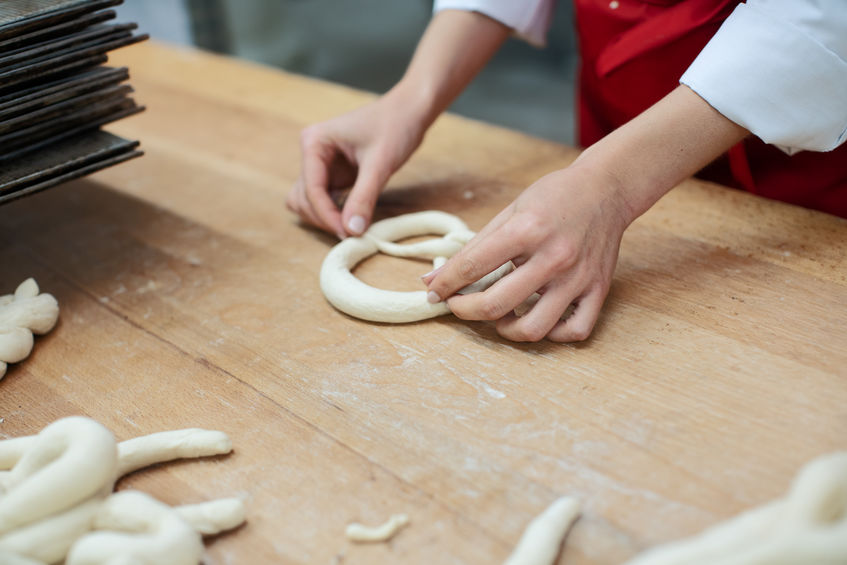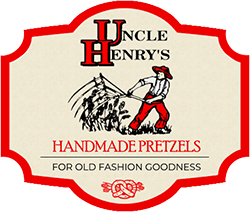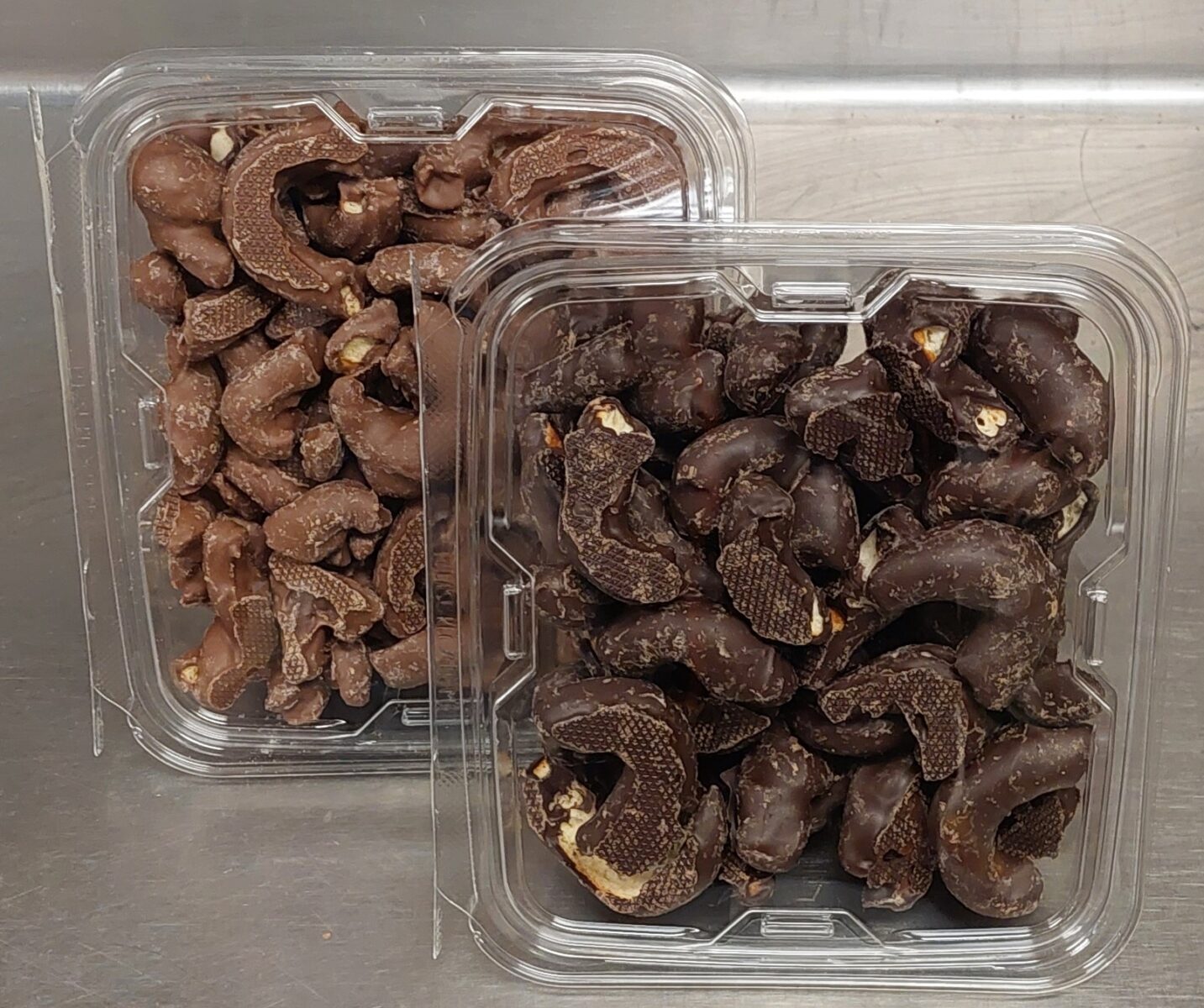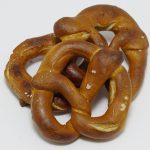
What makes Pennsylvania Dutch pretzels so special isn’t just the taste, it’s the craft behind them. These pretzels are the result of centuries of tradition, careful ingredient selection, and hands-on baking techniques that create a snack that’s soft, chewy, and full of flavor. Understanding how these pretzels are made will give you an even greater appreciation for each bite.
Selecting the Right Ingredients
Flour, Water, and Yeast
Every great pretzel starts with quality ingredients. Pennsylvania Dutch pretzels typically use high-protein wheat flour, which gives the dough its strength and chewy texture. Fresh water is essential for activating the yeast and achieving the perfect dough consistency. Speaking of yeast, it’s the workhorse that allows the dough to rise, creating a softer interior that contrasts perfectly with the crustier exterior.
Salt and Sweeteners
Salt is more than just a seasoning. It enhances the flavor and helps control the fermentation. Some artisanal bakers also add small amounts of sugar, honey, or butter, particularly for sweet or specialty pretzels like cinnamon brown sugar or bourbon maple. These additions complement the traditional savory flavors, creating a snack that appeals to a wide range of palates.
Mastering the Hand-Twist
Techniques for Consistency
One of the defining characteristics of Pennsylvania Dutch pretzel is their hand-twisted shape. A skilled baker will roll the dough into ropes and fold them into the classic pretzel loop, creating a signature form that’s visually appealing. While the process may seem too simple at first, it requires incredible precision. Too tight a twist can affect the texture, and too loose a loop may not hold up during boiling, baking, and storage.
How Twisting Affects Texture
The hand-twist isn’t just for looks; it also impacts the final bite. The tension from twisting creates layers within the dough, resulting in a soft, chewy interior and a firm, golden exterior. You’ll notice right away that hand-twisted pretzels have a satisfying bite that machine-produced pretzels just can’t replicate.
Boiling and Baking
The Baking Soda Bath
A unique step in crafting Pennsylvania Dutch pretzels is briefly boiling them in a baking soda solution before baking. This step might sound unusual, but it’s crucial for developing the pretzel’s signature crust and deep golden-brown color. It also adds a subtle flavor complexity that sets these pretzels apart from other soft breads.
Perfect Baking
After the boiling is done, the pretzels are baked in high heat ovens. Timing and temperature are critical to ensure the crust is crisp without drying out the soft interior. Some bakers sprinkle coarse salt or other toppings before baking, adding an extra layer of flavor and texture.
Adding Flavor and Variety
Traditional Flavors
Classic Pennsylvania Dutch pretzels are salted, providing a savory balance that pairs beautifully with cheese, mustard, and various dips. These traditional flavors remain favorites because of their simplicity and nostalgic appeal.
Specialty Flavors
Modern twists on these pretzels include honey mustard/onion, buffalo wing, sweet cinnamon brown sugar, salted caramel, fiesta blend, and even bourbon maple. Each flavor is crafted carefully, often by tossing the pretzel in a seasoning mix immediately after baking or glazing. These varieties allow pretzels to fit into both sweet and savory snacking occasions.
Quality Versus Mass-Produced Pretzels
Comparing Pennsylvania Dutch pretzels to mass-produced varieties, the difference is obvious. The handmade care, the hand-twisting, the precise boiling and baking all contribute to a texture and flavor experience that factory-made pretzels cannot replicate. Mass-produced versions may be more convenient, but they often lack the depth, freshness, and personality that come from artisanal craftsmanship.
Preserving the Craft
Family Bakeries and Tradition
Many Pennsylvania Dutch pretzels are still made in family-run bakeries that have preserved these techniques for generations. Watching a skilled baker twist and bake each pretzel is like witnessing a culinary art form. It’s easy to appreciate that these bakers maintain the authenticity and cultural heritage of the snack, even as they adapt to modern tastes.
Modern Adaptations
No matter how much you value tradition, it’s always important to innovate. Specialty flavors, creative serving ideas, and online ordering all allow Pennsylvania Dutch pretzels to stay relevant in today’s market. They’re still traditional at their core, but these adaptations help the snack remain popular across generations.
Enjoy Some Modern Pennsylvania Dutch Pretzels
When you take a close look at how Pennsylvania Dutch pretzels are made, you realize they’re much more than just a simple snack. They’re the product of careful ingredient selection, skilled hand-twisting, and a baking process perfected over centuries. From classic salted pretzels to specialty flavors like cinnamon brown sugar, buffalo wing, and bourbon maple, each bite tells a story about tradition and craftsmanship.
When you enjoy a Pennsylvania Dutch pretzel, you’re tasting history, artistry, and flavor all at once. If you’re seeking out an authentic experience like this, consider Uncle Henry’s Pretzel Baker. We offer hand-twisted, freshly baked pretzels that capture the essence of this timeless treat. Browse our options or contact us today with any questions!


